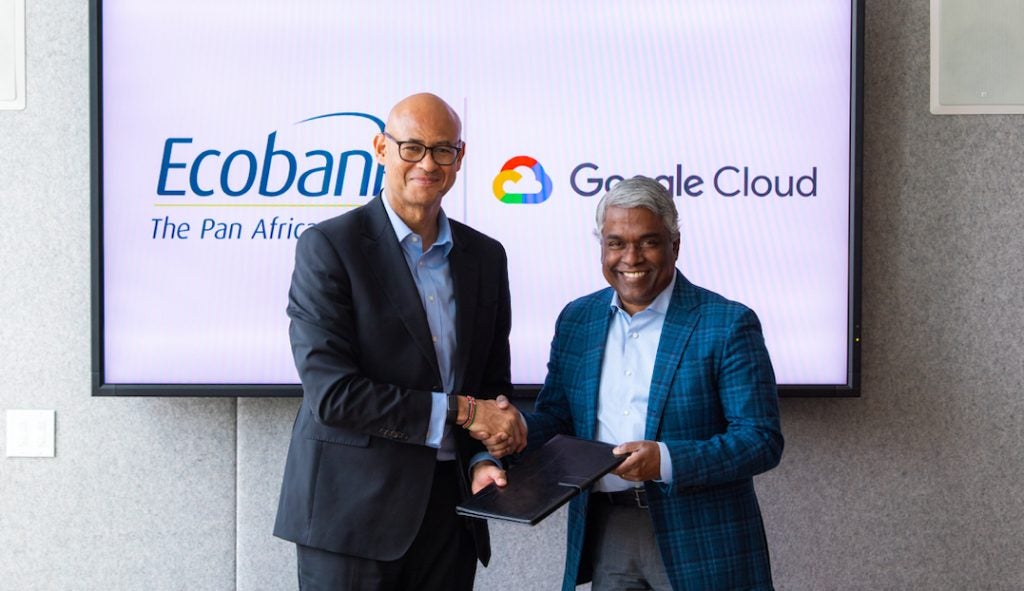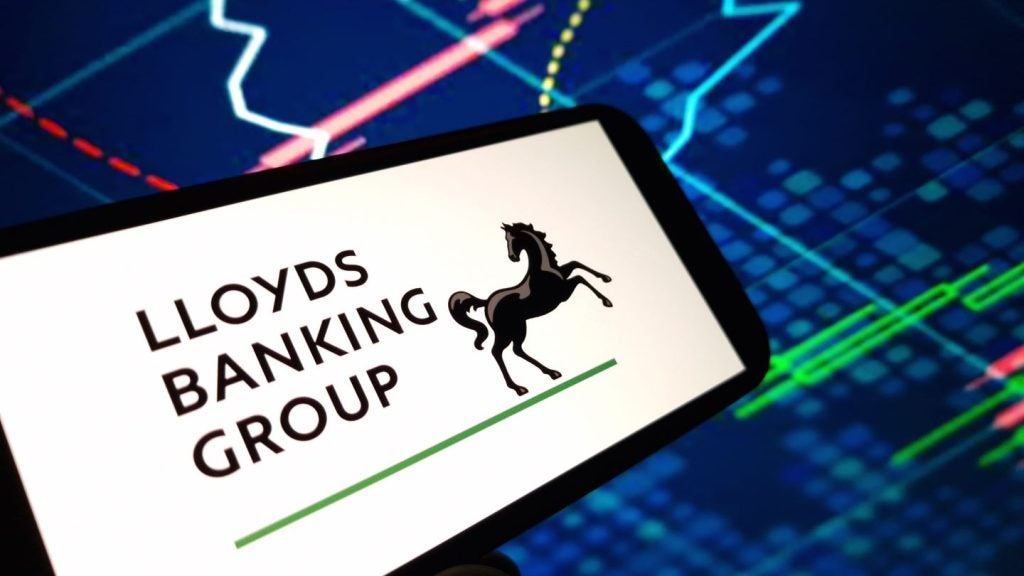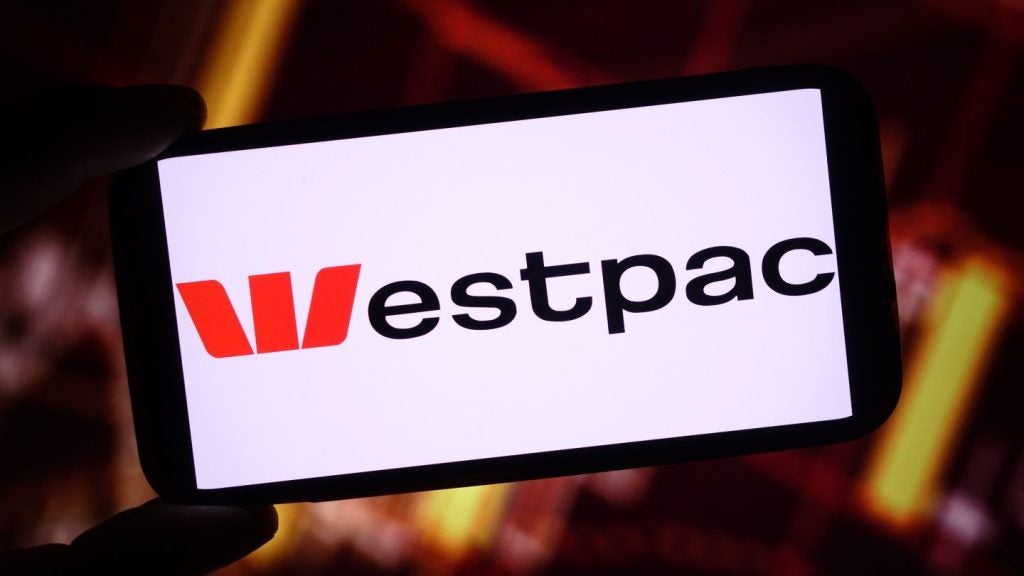
Employee monitoring technology is on the rise and retail banks are walking a fine line between protecting their interests and avoiding a backlash over Big Brother’s ever-watchful gaze. Jane Cooper reports
Bank employees are accustomed to being monitored, whether it is recording calls for ‘quality and training purposes’ or video cameras watching over tellers.
Now, however, the technology is becoming so sophisticated and pervasive that employees may not realise the extent of the surveillance — even their bathroom breaks could potentially be included in a performance review.
“The pandemic has accelerated the future to the present,” says Brian Kropp, group vice president and chief of HR research at Gartner. Companies were already planning to support remote working, he says, and Covid has brought forward the use of employee monitoring technology by about five years.
“The technology is developing quickly, but the ethics are evolving much more slowly,” he says, adding that the question is not about whether to use the technology, but rather how it should be managed.
A case in point is Barclays, which is currently being investigated by the Information Commissioner’s Office (ICO) over its employee monitoring. The investigation is reportedly linked to the use of software by Sapience Analytics that measures productivity. When contacted by Retail Banker International, the ICO confirmed the investigation is ongoing, but its exact nature was not disclosed.

US Tariffs are shifting - will you react or anticipate?
Don’t let policy changes catch you off guard. Stay proactive with real-time data and expert analysis.
By GlobalDataHowever, an ICO spokesperson did state: “People expect that they can keep their personal lives private and that they are also entitled to a degree of privacy in the workplace. If organisations wish to monitor their employees, they should be clear about its purpose and that it brings real benefits. Organisations also need to make employees aware of the nature, extent and reasons for any monitoring.”
Barclays in hot water
This isn’t the first time Barclays has been in hot water over its surveillance technology. In 2017, the bank’s use of OccupEye sensors hit the news. OccupEye on its website describes the technology as having the “combined purpose of creating efficient work places while optimising building usage.”
Barclays was quoted as saying at the time: “The sensors aren’t monitoring people or their productivity; they are assessing office space usage. This sort of analysis helps us to reduce costs, for example, managing energy consumption, or identifying opportunities to further adopt flexible work environments.”
However, the bank faced a public backlash with media reports detailing how employees discovered the devices under their desks, which sensed if they were sitting there or not, or whether they were otherwise engaged. Barclays did not respond to an RBI request for comment.
Dominic Hook, national officer for the finance and legal sector for Unite, a workers union in the UK, comments that the use of monitoring technology in banks has become a concern, particularly for staff who work in contact centres — almost all of whom are working at home at the moment. “It’s not just the level of monitoring but the lack of control that goes with it,” says Hook.
Monitoring is constant
For these workers, the monitoring is constant. They enter a code into the system every time they take a break, and if, for example, they go over their allocated eight minutes for a toilet break their manager will soon know about it.
Or, Hook gives as an example, if the worker needs to take a minute after a particularly difficult call with a customer — probably an angry and sweary one at that — they may soon have a manager telling them they have taken too long. All their calls are recorded so their performance can be reviewed, but now this ‘coaching’ will have a different quality with the introduction of artificial intelligence.
In the past a manager may have listened to a call if there was a complaint, but now it’s moving toward a system where AI constantly monitors the language used and tone of voice, for example, and flags for a manager to follow up. “That system is not far from being implemented,” says Hook.
Banks have had to adjust to a new way of working with the pandemic, with large numbers now working remotely. For example, Deutsche Bank reportedly has 70,000 out of a staff of 90,000 working from home, whereas JPMorgan has 180,000 out of 200,000.
In the UK, a spokesperson for NatWest Group, which includes the Royal Bank of Scotland and NatWest brands, told RBI: “In total around 50,000 colleagues across the whole bank have been working from home.”
When asked whether the bank had introduced monitoring technology because more people are working at home, they responded: “We have a range of monitoring for security purposes that we have always used, but working from home is not a reason for us to monitor our staff.”
Monitoring productivity
This isn’t the case with all banks, however. Hook explains there was already a trend to enable remote working for contact centre staff and banks were trialling how customer data could be handled securely.
More broadly, the pandemic has created a need for banks to monitor their employees because they no longer have a line of sight of people in an office, says Brad Miller, CEO of Awarenesss Technologies, whose InterGuard software is used to monitor employees.
Small and medium-sized banks, he says, have been asking for solutions that monitor productivity. “They are looking for some way to confirm, at a basic level, that people are actually showing up to work even though they are at home,” says Miller.
The technology to monitor employees has also evolved in recent years. Kropp at Gartner explains that in the past, large companies — such as major banks — would get an understanding of their employees through a large-scale survey.
That started to change between five and seven years ago, he explains, and now other methods are used. This includes monitoring geolocation data from company mobile devices or scanning email communications.
In the case of knowing an employee’s location, Kropp explains that a bank could know where their staff are, where they are going, who they are meeting, and deduce whether they are meeting customers or competitors. This doesn’t have to be sinister: the technology could be useful, for example, in knowing where people are and suggesting an ideal meeting place that is convenient for everyone.
Kropp gives other, more extreme examples, such as a laptop camera taking pictures to detect whether an employee is stressed. Or perhaps the speed at which they type could be measured.
“The most extreme thing we heard was a product that was monitoring what employees were streaming when they are working and there was a change in the type of music they are listening to,” says Kropp.
One company, he says, was trialling this and wondered if an employee, because of a new taste in music, had broken up with her boyfriend — and she had.
Minority report scenario?
Email communications can also be scanned to spot potential problems. Miller at InterGuard explains that user behaviour analytics could be used to scan through emails and look for a change in psycho-linguistics. “If they see you used ‘we’ and now it is ‘I’ that could signal a move from being a team player to something has changed in your world view,” says Miller.
Kropp gives an anecdotal example of a bank in Asia, which requires its staff to have their salaries paid into the accounts at the same bank, monitoring the employees accounts and mapping their behaviours at work against the assets they have.
This is primarily to detect fraud, but is it all getting a bit too much? Is this sliding into a Minority Report scenario that predicts crimes and apprehends criminals before they have even committed them?
“There is an enormous opportunity to really create ways to understand employees and find better ways to work, improve performance, and better support them,” says Kropp. The question is how to do that in a way that helps the company, and helps the employees, he adds.
Miller at InterGuard gives an example of how some companies are attempting to do this. He explains that companies accept that employees use work devices for personal purposes and they have been asking for a solution that only monitors employees during work hours and gives them privacy after a certain time.
On the privacy issues, Kropp says that even with regulations such as GDPR [General Data Protection Regulation], “you are on the company time, company equipment and network — the data that you generate it all belongs to the company,” says Kropp.
“It is the company’s data. What that company does with it is really up to the company — that is the legal reality,” says Kropp. However, that is different from the ethical or moral reality: “Just because it is legally OK does not mean it is the right thing to do.”
When it comes to drawing the line, Hook at Unite comments that banks could do better when it comes to using monitoring technology. “I think they need to be treating people like adults. If you treat them like kids they will act like kids.”
Also, he says, it feels like they are trying to catch people out, such as taking two minutes too long to have a toilet break, and not allowing any discretion in when they take it.
“If you need a break, you need a break,” says Hook. Banks need to get away from their staff feeling they are under total control — “that is not a good position to be in,” he says, adding there is a concern about the toll this is taking on employees’ mental health.
There is a consensus that working remotely is a trend that is here to stay, and banks will have to offer working at home as an option to their employees. In this brave new world, however, they need to find the balance in how they use monitoring technology. The question for this brave new world, says Kropp: “How do we navigate it now that we are here?”







